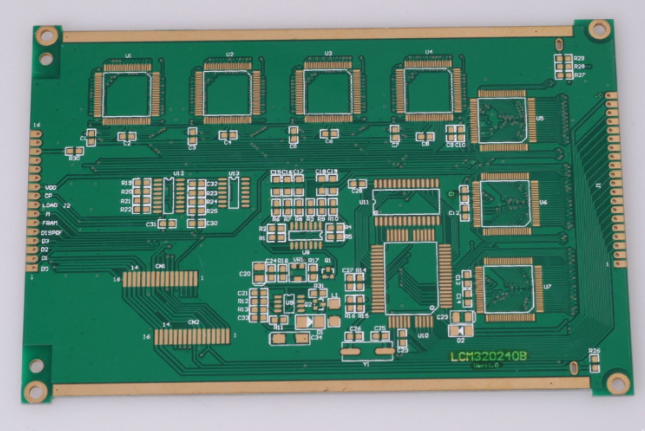Advantages and applications of multilayer circuit boards
As the name suggests, a multi-layer circuit board can be called a multi-layer circuit board with more than two layers, such as 4 layers, 6 layers, and 8 layers. Of course, there are also 3-layer or 5-layer circuit board designs, also known as multilayer PCB circuit boards.
The conductive trace pattern of more than two layers is separated by insulating base material between layers. After each layer of circuit is printed, each layer of circuit is overlapped by pressing. Then drill holes to realize the conduction between the lines of each layer. The advantage of the multi-layer circuit board is that the circuit can be distributed to the multi-layer wiring, so as to design more precise products. Or smaller products, such as mobile phone circuit boards, small projectors, voice recorders, and other bulky products, can be realized by multilayer boards. In addition, the use of multiple layers can more flexibly control differential impedance, single-ended impedance, and output with better signal frequencies.

The multilayer circuit board is introduced as follows
Multilayer circuit boards are an inevitable product of the high-speed, multi-function, large-capacity, and small-scale development of electronic technology. With the development of electronic technology, especially the widespread popularity of large-scale and very large-scale integrated circuits, multilayer printed circuits are rapidly developing in the direction of high-density, high-precision, and high-level digitalization. Technologies such as hole-buried hole and high plate thickness-to-aperture ratio can meet the needs of the market.
The shrinking of separate component specifications and the rapid development of microelectronics, coupled with the computer and aerospace industry's requirements for higher packaging density for high-speed circuits, have continuously promoted the development of electronic equipment in the direction of positive volume reduction and mass reduction; Due to the limitation of available space, single-sided and double-sided printed boards have made it impossible to achieve a further increase in assembly density. Therefore, it is necessary to consider using more printed circuits than double-sided boards, which creates conditions for the emergence of multilayer circuit boards.